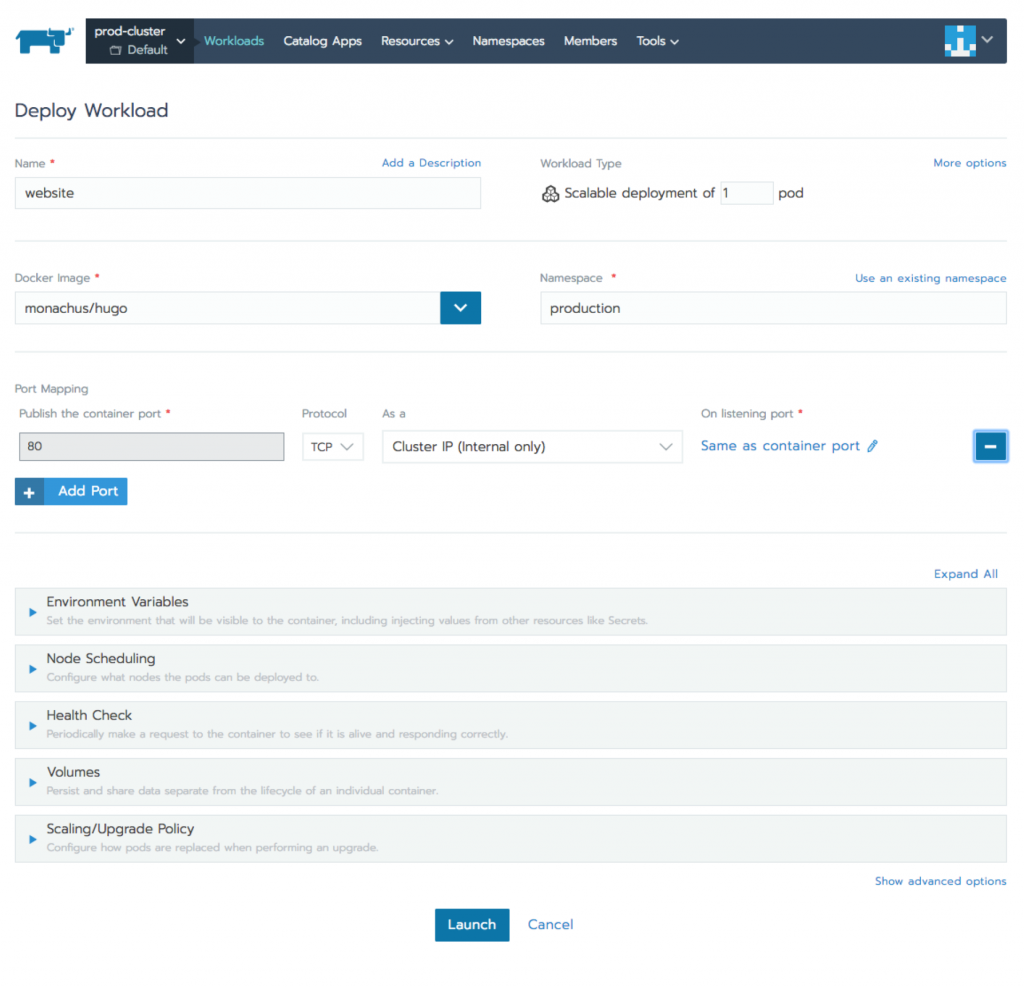Rancher Eases Management of Distributed Apps on Kubernetes Clusters
Rancher Labs this week announced it has extended its ability to manage distributed Kubernetes platforms to now also include distributed applications spanning multiple Kubernetes clusters.
Company CEO Sheng Liang says as IT organizations become more comfortable with Kubernetes clusters, they are starting to deploy more sophisticated distributed applications that, for example, eliminate the potential for any Kubernetes cluster to become a single point of failure. Other IT organizations are employing multiple instances of Kubernetes to make sure their applications are located as close as possible to where they are being consumed at any time as part of a global “follow-the-sun” rollout of an application.
The ability to deploy applications across multiple Kubernetes clusters builds on an ability to manage multiple Kubernetes clusters that Rancher Labs added last month.
Multi-cluster application support for Kubernetes extends the feature set of Helm, the open source package manager for Kubernetes developed under the auspices of the Cloud Native Computing Foundation (CNCF). DevOps teams select the application from the Rancher Application Catalog, add target clusters, provide information about each cluster and deploy. Applications spanning multiple clusters will then use Kubernetes controllers running in the Rancher management plane to fetch Helm charts and deploy the application to each target cluster. That capability is currently available as beta code that can be added to version 2.2 of the Rancher management platform. Generally availability is scheduled for later this year.
 Sheng says the complexity of most Kubernetes environment soon will increase rapidly as the number of instances of Kubernetes deployed in the cloud, local data centers and at the network edge continue to steadily increase. As the challenges associated with federating and orchestrating instance of Kubernetes increase, the more apparent it becomes organizations will need a management platform optimized for Kubernetes, says Sheng.
Sheng says the complexity of most Kubernetes environment soon will increase rapidly as the number of instances of Kubernetes deployed in the cloud, local data centers and at the network edge continue to steadily increase. As the challenges associated with federating and orchestrating instance of Kubernetes increase, the more apparent it becomes organizations will need a management platform optimized for Kubernetes, says Sheng.
While many IT organizations have embraced Kubernetes, the percentage of workloads running on Kubernetes remains relatively small. The rate at which the number of workloads deployed on Kubernetes will accelerate will depend on how quickly IT organizations develop the skills need to manage both Kubernetes clusters and the cloud-native applications deployed on them. Rancher Labs is striving to become one of the management platforms IT organizations will rely on to manage both Kubernetes and the applications that run on them.
Sheng says longer term Rancher Labs expects the multi-cluster capabilities and distributed application technologies it has developed to be subsumed into either the core Kubernetes project or a complementary open source project. In the meantime, however, there are IT organizations moving to deploy cloud-native applications at scale on Kubernetes that need these capabilities today, says Sheng.
IT organizations going into 2019 will find themselves under increased pressure to master Kubernetes deployments as the number of container applications deployed in production environments continue to swell. The challenge many of them will face is how distributed those environments are about to become as Kubernetes clusters are deployed in the cloud, in local data centers and, soon, the network edge. In fact, once an organization deploys their third Kubernetes cluster, the need to find a way to automate the management of that process quickly starts to become an imperative for all concerned.




